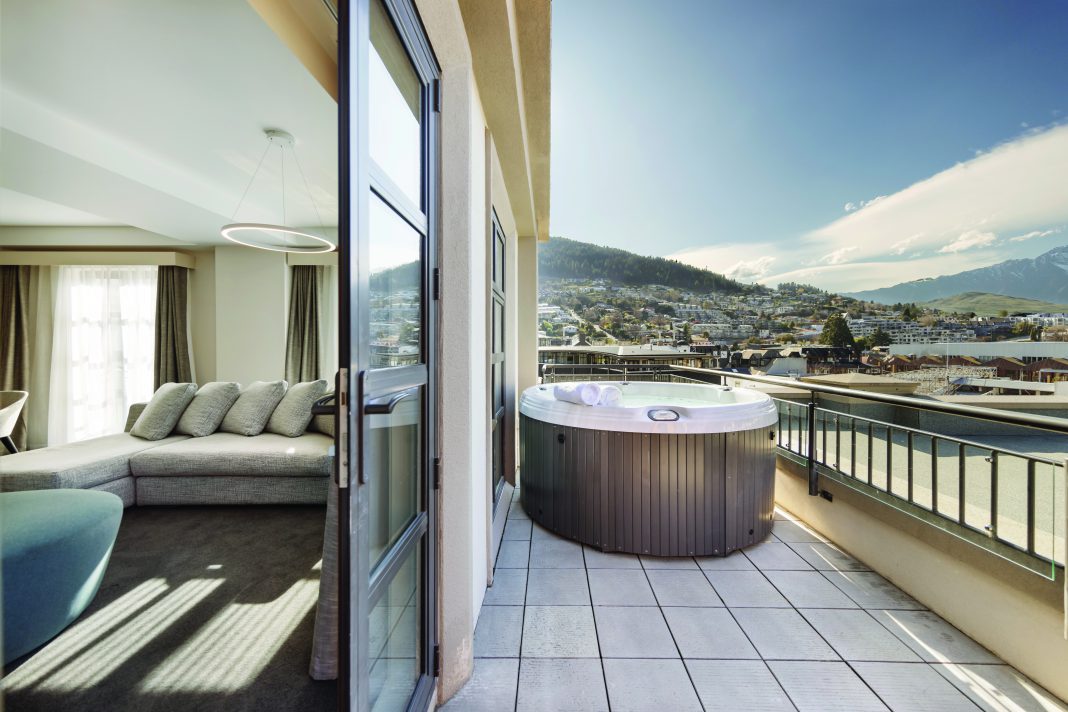Forget the four seasons. In tourism, there are only three that matter: peak, shoulder and off-peak. Seasonality affects almost every part of the hospitality industry and the large-scale hotel sector is no exception. From room pricing to systems and operations, the impacts of seasonality are a constant concern for the manager’s office and corporate boardrooms alike.
Richard Tarbitt, Sales Manager for Facilities Management, Retail and Hospitality at Bunzl New Zealand, notes that, “For hotels, offerin superior service to customers in peak season is crucial. It’s vital our team understands the needs of clients during this period so that the hotels can meet demand. Having relationships across all departments – from general managers to executive housekeepers and the head chefs – ensures that we have a full understanding of requirements and can identify opportunities for innovation to help navigate any challenges.”
That’s not to say that every hotel experiences seasonality in the same way. Hotels located in urban centres are generally less subject to peaks and troughs, and even tourism-dependent regions don’t all suffer from seasonality in the same way.
In New Zealand’s North Island, for example, summer hotspots like Coromandel and Hawke’s Bay are highly seasonal, whereas the Queenstown Lakes district in the South Island is blessed with near year-round demand. Jeremy Samuels, manager of the 82-room Sofitel Queenstown, jokes that his annual down period is “about three and a half days”. There’s a short window between the end of Queenstown’s glorious summer season and the start of its legendary ski season, “but the downtime for us means an occupancy of around 70% instead of 90% plus”.
For many in the industry, seasonality is synonymous with seasonal workers. That’s particularly true in New Zealand, a country that’s a magnet for backpackers, itinerant snow bunnies, and other working holidaymakers. Hotels in major tourism areas are heavily reliant on foreign workers, yet most of them stay less than six months. Operating in that kind of labour environment means staff training is a constant concern. Many large-scale hotels keep consistent staffing levels throughout the year – even in the quieter months – in order to give new staff time to learn the ropes. Seasonality isn’t just about the number of guests, but what those guests want from their stay.
In Queenstown, the contrast between summer and winter guests is particularly acute. Throughout the ski season, hotels are ghost towns during the day while guests are on the slopes. Breakfast is eaten early, and bars won’t usually see their first guest until five or six o’clock. In summer all that changes.
Guests come and go all day, spas and other amenities are booked out, and food and beverage services are working non-stop. Samuels notes another surprising difference: guests’ taste in coffee. For the Kiwis and Aussies who make up the vast majority of the ski market, “barista coffee is an expectation. We include barista coffee in our breakfast price, and that coffee machine is going full steam ahead right through service.”
But in summer, 75% of Sofitel’s guests are from the US, and compared to their counterparts, Americans “much prefer French press or cold drip. So we change the setup of the restaurant to facilitate that”.
Tarbitt also notes that “For hotels, seasonality can create opportunities – but also poses big challenges, especially when it comes to sustainability. High season can be hard on everyone and everything, including the local ecology.”
“Balance is key”, adds Samuels on operating a hotel in a special place like Queenstown. “It isn’t just a business. It’s about caring for the community and respecting the surrounding environment.” Winter guests also tend to stay longer than their summer counterparts, who are far more likely to fly long-haul to get to their destination and keep to a strict itinerary while they’re there.
Longer stays are more common, too, for guests combining a business trip with a leisure stay – the so-called “bleisure” customer. Thanks in part to more flexible working arrangements, including the rise of remote work, business travellers are increasingly adding a holiday to the tail end of a work trip. For hotels, that can mean big changes to booking patterns – and potential knock-on effects to cleaning schedules, staff rosters, food and beverage service and more.
Adapting to the evolving demands of seasonality remains a unique challenge for the hotel industry that requires a blend of creativity, adaptability, and a deep understanding of travel trends and guest preferences.











